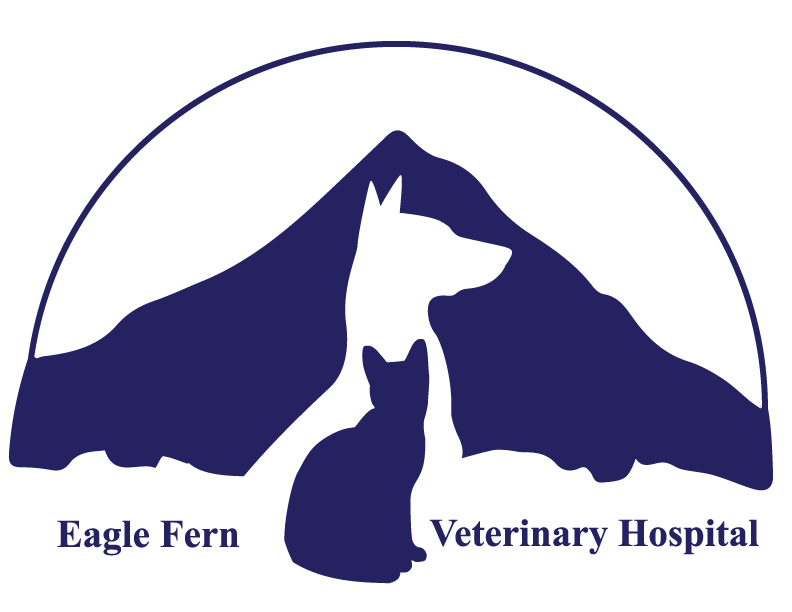|
 Hyperthyroidism Hyperthyroidism
Hyperthyroidism is a common disease of older cats. This disorder is caused by excessive growth of the thyroid gland tissue or less commonly a tumor of the gland. This in turn results in increased production and secretion of the thyroid hormone, T4.
The classic clinical signs of hyperthyroidism are weight loss, voracious appetite, increased heart rate and restlessness or hyperactivity. We can also see increased thirst and urination, vomiting, diarrhea, and hair coat changes.
Hyperthyroidism is diagnosed by finding an increase of the T4 (thyroid hormone) in the blood. In some cases, the T4 level may be in a 'grey zone' in which an additional test called a free T4 is needed to confirm the diagnosis of hyperthyroidism. Common problems seen in conjunction with hyperthyroidism are chronic kidney failure, heart disease, high blood pressure, and gastrointestinal disease.
There are three treatment options available; radioactive iodine treatment, antithyroid medication, or surgical removal of the thyroid gland. Radioactive iodine treatment is an excellent way to cure the disease in most cases. The pet must be hospitalized for several days during the treatment. The radioactive iodine becomes concentrated in the thyroid and the radiation destroys a portion of the thyroid cells. Most cats have normal T4 levels within three months. After returning home, the patient will have very specific instructions for care including limited contact with family members and proper disposal of the animal's wastes for a certain period of time.
Antithyroid medication, Tapazole, is also widely used and a good way to control the disease. The medication does not cure the patient but inhibits the production of thyroid hormone therefore resolving clinical signs while being treated. As with any medication, some side effects can occur, therefore frequent monitoring is necessary. Initially, the T4 level, complete blood count and kidney values are monitored every 2 weeks for 2-3 months until the correct dose of medication is achieved and then it should be monitored every 6-12 months. This is important to make sure that the correct level of medication is being administered, and that the kidneys and bone marrow are not having a problem in response to drug treatment.
The third form of treatment is surgical removal of the thyroid gland. There are risks and complications associated with surgery and so this treatment is reserved for specific cases. In most cases, we recommend the first two treatments.
| 
